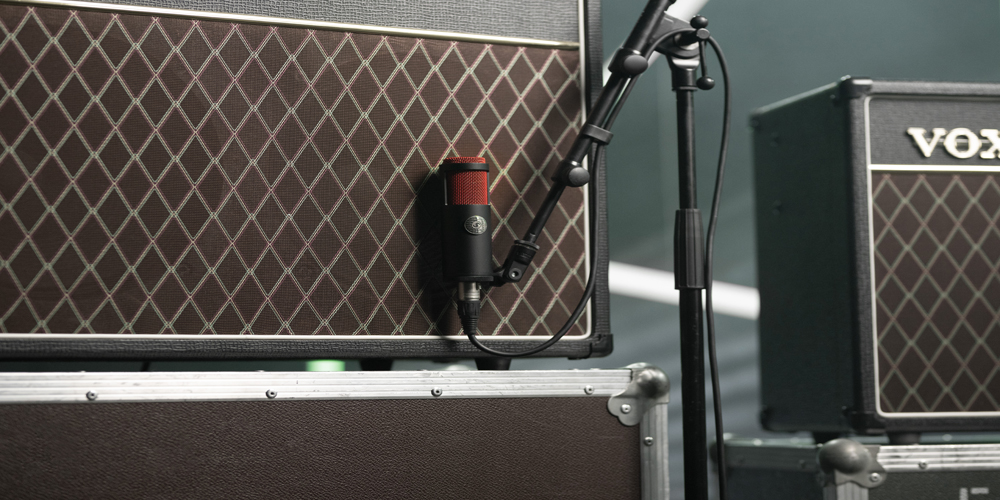Hi,
Plenty of people have used ribbon microphones for singing or close speech but they're usually very well protected by design.
If you look at some of the commonly used ribbon microphones, quite often they have very heavy metal grills with small air holes,
compared with your average capacitor/condenser mic which would have quite a comparatively open grill.
The reason they're considered more delicate is because the ribbon is a *very* thin metal strip - Imagine aluminium foil except it tears the instant you try to pick it up.
It's corrugated then fixed to the frame so a ribbon, in use side on, looks like a zig-zag shape.
It wouldn't take much of an air blast to damage the ribbon but it doesn't even need to be damaged,
it can just be 'stretched' enough that the tension is altered and the ribbon then sags.
Amplifiers and percussive instruments can be incredibly loud but I don't think they're likely to have the same kind of blast effect as a very hard P or B.
That's literally just like blowing on the ribbon.
Hope that helps.

